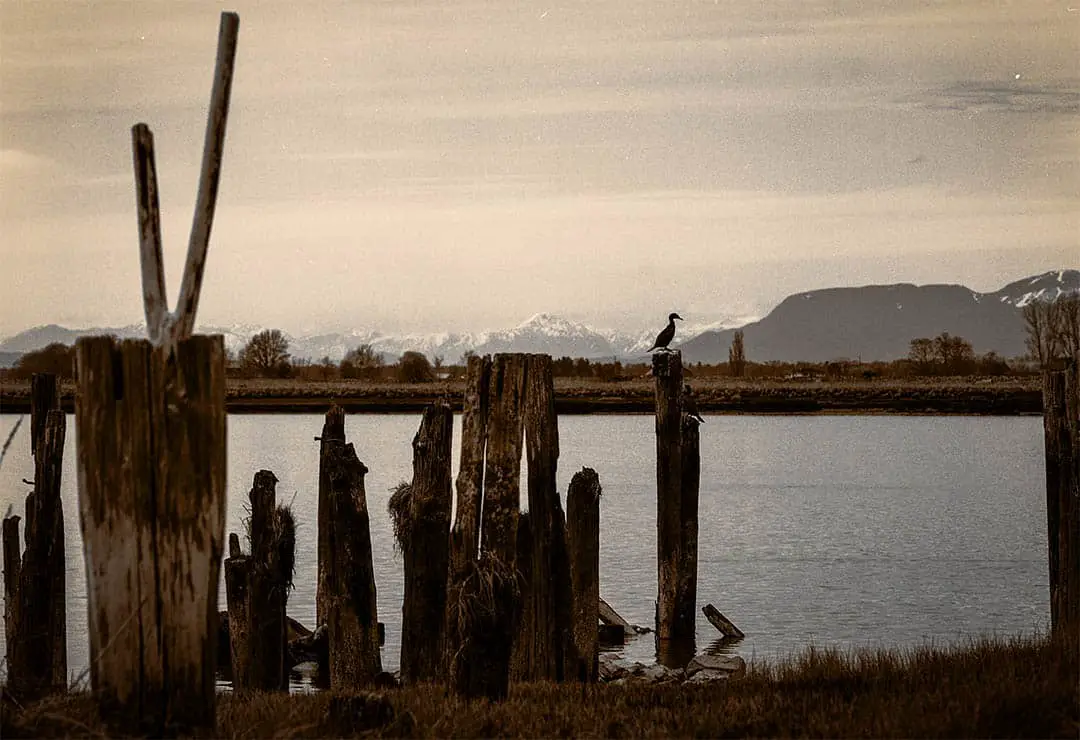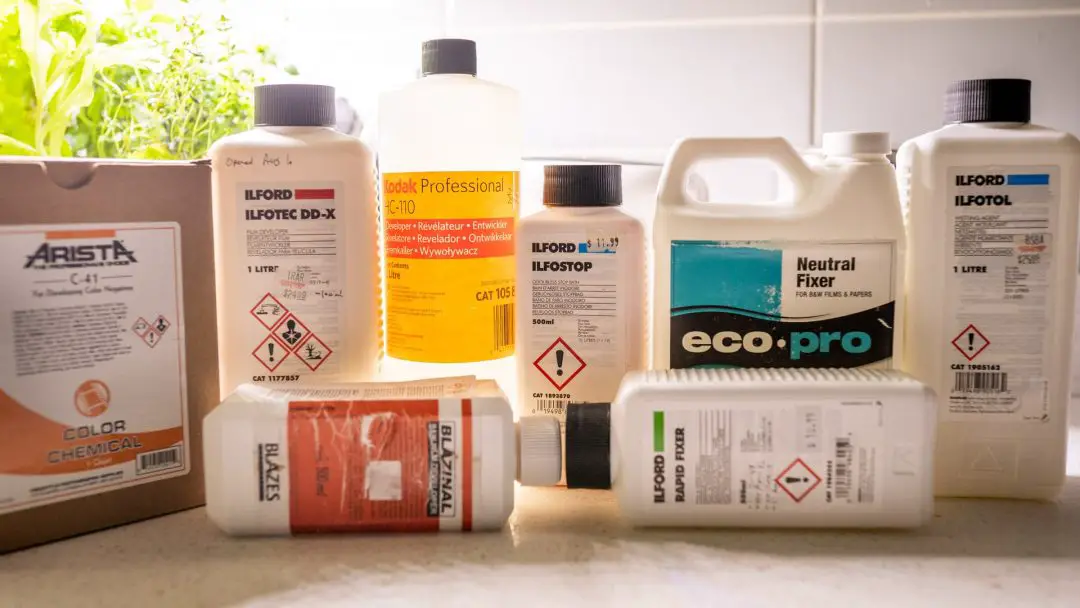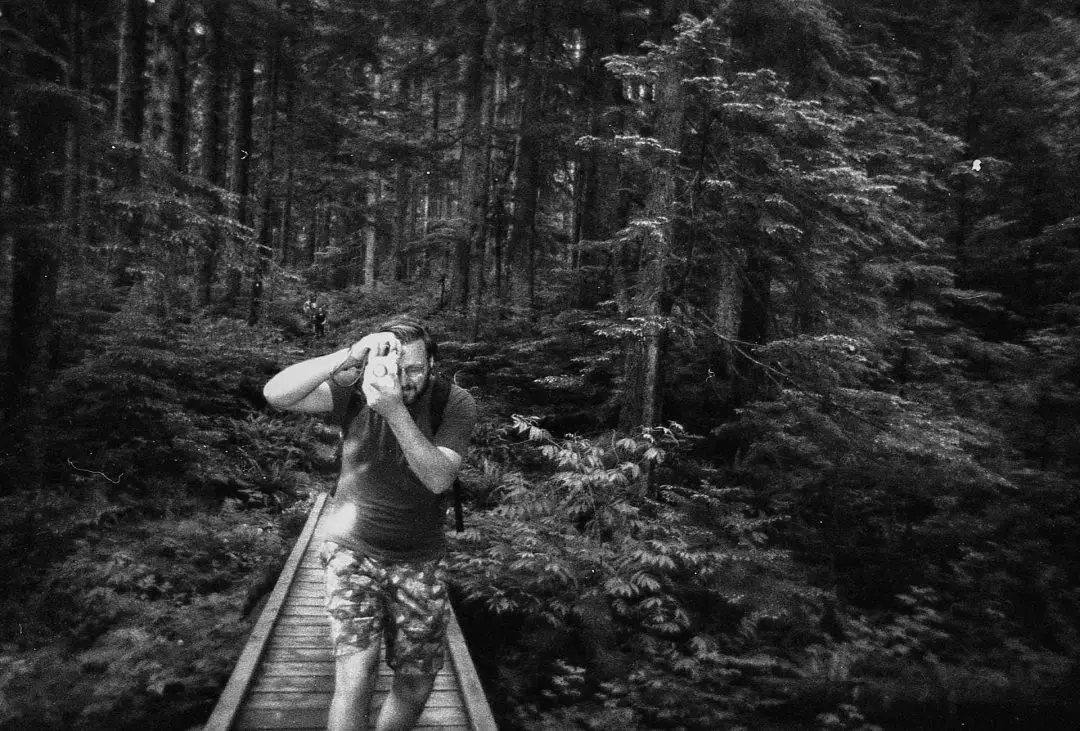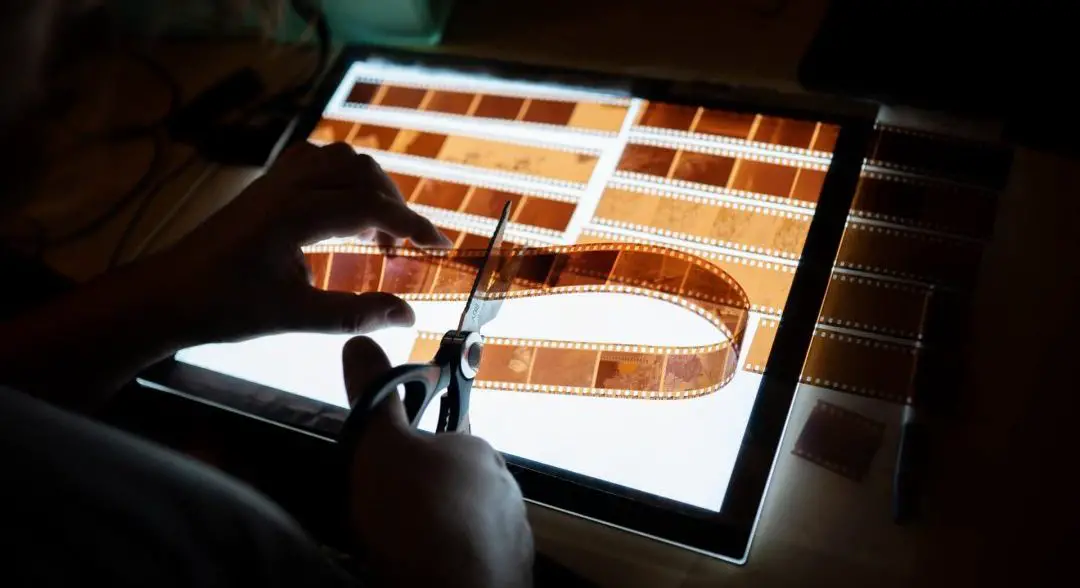Film is expensive, and the prices are only rising. This is one of the questions I get asked all the time — is film worth the cost? Spikes in demand for film and cameras are proving that people around the world are willing to bite that cost one way or another. And right now it’s tax time. This means professional photographers in Canada like me are calculating how much this photographic medium-cost them. So I decided this would be a good time to come out with an analysis of the cost of film photography in Canada. To start off though, we need to know how much film actually costs.
The average cost of a roll of film in Canada is $13.69 before tax, while developing and scanning costs between $12 and $25 before tax. B&W film is cheaper, costing $12.64 on average, where a colour roll costs $14.67.
2020 was a big year for me in terms of film photography. I moved to the other side of Canada, which meant that I had to sell a lot of my larger stores of equipment, and reinvest in a new market. This was a good opportunity that allowed me to re-evaluate which equipment was actually worth buying, and what can be left behind.
Overwhelmingly, I chose to invest in film for both pleasure and business use. In 2020 and the first quarter of 2021, I spent a total of $3,050.85 on film, developers, and scanning equipment. This is up from $1,975.69 spent in 2019. I keep doing it because it’s just way more fun for me than digital mediums, and provides a look for my clients that we just can’t get otherwise.

How did the costs break down?
I split the costs into three categories. Film, Development Chemicals, and Camera/scanning equipment. I spent the most on cameras/scanning equipment in 2020, totaling $1,475.42, followed by $1263.61 on 108 rolls of film, and $400.41 on developing chemicals. In total, I shot 83 of those 108 rolls that were purchased. It’s not uncommon for many professional photographers to shoot even more rolls than that — especially if they’re on shoots nearly every day.
While the gear part of the photography equation is the most expensive, those were all one-time purchases that’ll keep my costs down for 2021. Unless, of course, I decide to go out and buy a Leica for some reason. Currently, my collection is full of cheaper cameras, like the Zorki 6, an M42 Pentax, Bronica ETRS, and the Ilford Sprite 35-II. These are the 4 steady cameras in my collection, and I don’t see myself purchasing another system unless one breaks down.
If I need sharp images, the Bronica and Pentax are fantastic. When I want a softer touch, the Zorki and Sprite are my best friends. All of these cameras can be bought with multiple lenses for less than $500. The Ilford Sprite 35-II is the cheapest — and one of the most fun cameras in my collection — coming new for just $45 CAD.
In the past, I had a Yashica Mat 124 that broke down, and I’m still considering replacing it. But what cost $100 in 2016 has now quadrupled in value, and I’m just not sure I can justify that cost for a second fixed-lens camera.
How much money did I save by avoiding labs?
I’ve saved a lot of money by developing film at home. But that’s definitely not going to be the case for everyone. Here’s my breakdown for the year.
I shot 102 rolls this year, and the closest lab to me charges $8.50 per roll for developing. So the cost of developing alone would be $867 before tax. But that same lab also charges $5 for push/pull processing. And now I’m a serial film pusher. Like, I push way more than half of all the film I shoot. If I kept shooting as normal, I’d have conservatively paid $1,122 to develop my film.
Dev + Scan processes are way more expensive at this location. To get low-resolution scans, it’ll cost $26 per roll. At that rate, I’d be paying $2,652 before the purchase price of the film. Get high res scans, and that number increases to $3,672.
In 2020, I paid only $400.81 for developing chemicals. But I also made some one-time equipment purchases like my Epson V600 film scanner, a darkroom changing bag, a sous vide (to make color developing easier), a light table for reviewing negatives, and a tripod for DSLR scanning. Those items are expensive, but it’s worth it to me to avoid the high costs of developing and scanning my film at a lab.
And with that in mind, there was even some chemical that went to waste. I lost a half-bottle of fixer, and half a litre of DD-X (RIP) when I took a longer break from developing in the winter months. So even considering that there will be some chemical waste, I still saved a ton of money, and will continue to see huge savings in 2021.

Is it worth developing film at home?
It’s cheaper to develop film at home if you’re going to shoot more than 20 rolls per year. If you like having control over the process, and are willing to spend the time developing and scanning, you will save a lot of money by doing it yourself.
The process does take a lot of time, though. I can usually develop 3-5 B&W, or 5-7 color rolls in a single 3-hour session. And after that, it takes another 45 minutes per roll to scan. Using a DSLR can speed that time up, but editing takes much more time. The whole process requires patience and a desire to have more control over the end result.
Many people out there, like me, would much prefer developing at home. Especially when I’m using cheaper films like Kodak Gold, or when I want more control over the end result. When I’m using HP5, or large-grain varieties like Delta 3200, I’ll want to have strict control over the developing process to make sure it’s developed how I like. For example, I love pushing film, but push-processing at labs typically costs more money, if they do it at all. Most labs also don’t allow you to choose the developer, preferring a more profitable, standardized process.
TLDR:
Develop Black and White film at home if you want to save on costs and have more control over the developing process. For color rolls, use an at home C41 kit for unimportant rolls, and a lab for the special occasions.

What were the best purchases?
The best purchase I made in 2020 was by far the Harman Reusable Camera. I can’t tell you how much I’ve loved shooting with this fun camera. It allowed me to experiment with the cheaper stocks, especially Kodak Gold and Kentmere 100.
I have to say, this was the most used camera in my kit. And I even used it on some professional shoots, when you just want something fun, quirky, and easy. I usually give it to couples to pose for each other in their photographs. And they always love the results! It’s interesting to see how they pose for each other, rather than me.
The other best purchase I’ve made is the Darkroom changing bag. In the past, I used to wait for the sun to go down so that I could safely load the film in my camera in the bathroom. This year, I didn’t want to wait for any of that. So I bought the sub-$30 bag on Amazon and have gotten a ton of use out of it. On the weekends I can now make film developing a daytime activity, where I used to stay up until 2 or sometimes 3 in the morning just getting through rolls when the sun was too stubborn to go down.

By Daren
Daren is a journalist and wedding photographer based in Vancouver, B.C. He’s been taking personal and professional photos on film since 2017 and began developing and printing his own photos after wanting more control than what local labs could offer. Discover his newest publications at Soft Grain Books, or check out the print shop.

